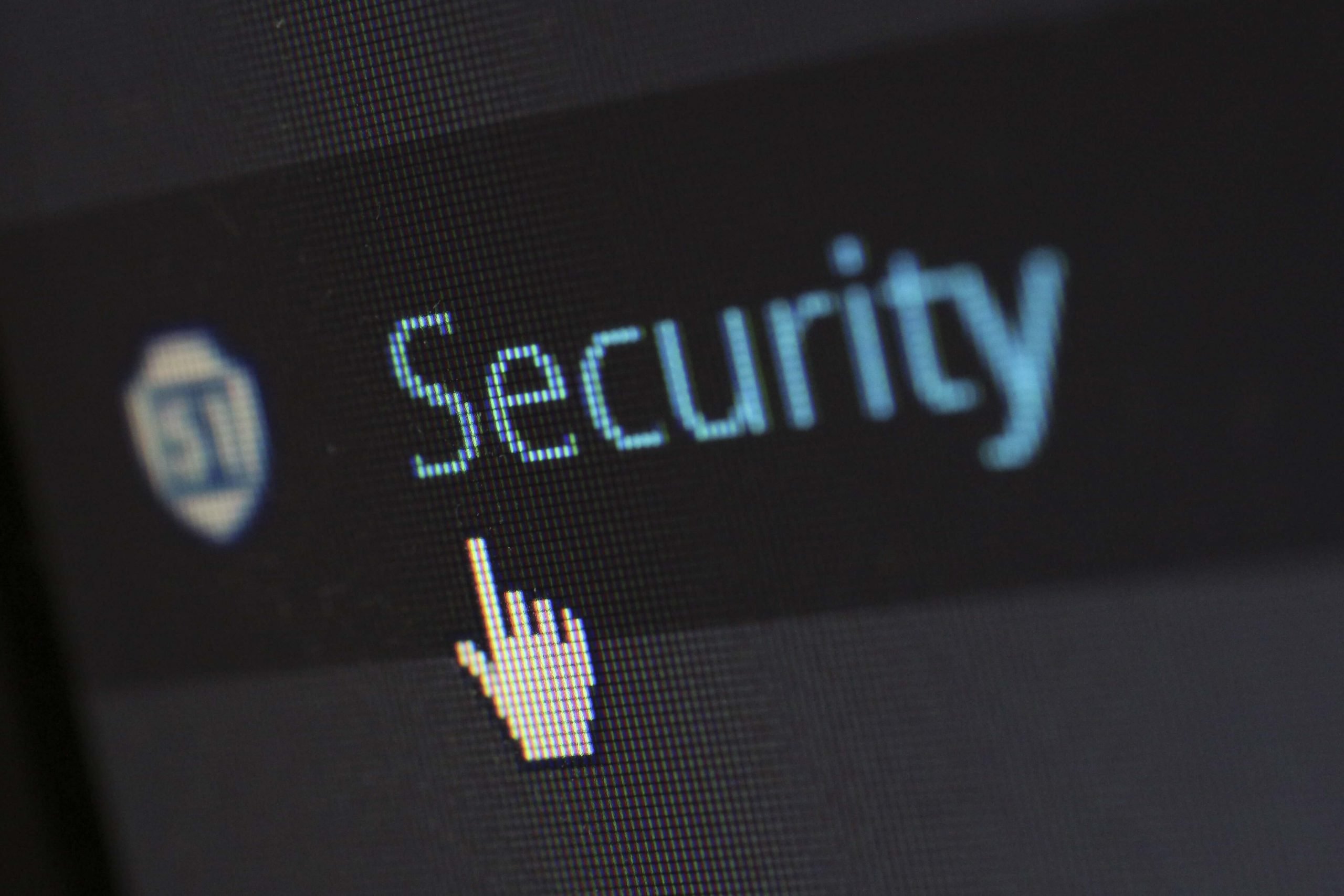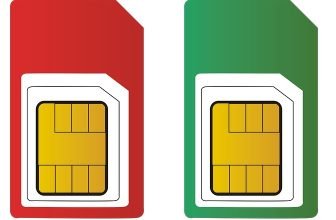Chatbot Security: Everything You Need to Know About and Security Measures

Various businesses are now using chatbots in their websites, apps, and networks to provide more cost-effective and intuitive customer support and other purposes.
With AI technologies growing significantly over the past few years, chatbots are now getting really advanced in mimicking human-like conversations and are now capable of providing a user-friendly customer experience on various different platforms.
However, wide adoption of chatbot security would also mean a massive amount of data being circulated throughout these chatbot conversations, which is a potential target for hackers and cybercriminals.
With that being said, chatbot security is now a prominent concern: it’s very important to ensure data that is shared throughout chatbot conversations remains secure, but it can be easier said than done.
Here, we will discuss all you need to know about chatbot security and how to implement it on your system. Let us begin, however, by briefly discussing the concept of chatbot itself.
What Are Chatbots?
Chatbots are, simply put, AI-based software that is designed to have a humanlike conversation with human users over the internet. There are chatbots that can only answer pretty basic questions with pre-programmed answers, but advanced chatbots can use machine learning technologies to answer relatively complex questions.
You might have stumbled upon a chatbot when you’ve visited a website. Sometimes, a pop-up will appear with a greeting like “Hi, I’m your chatbot, how can I help you”. If you answer this prompt, you can start a conversation with the chatbot.
Chatbots can answer customer’s inquiries and provide 24/7 customer support, without the help of any human employees. Customers nowadays are also quite familiar with chatbots and 40% of millennials claim to engage with bots every day. We can expect more businesses and organizations to adopt the use of chatbots in the years to come.
However, there are potential security risks to consider if you’ve been considering adopting a chatbot for your business, as we’ll discuss below.
Security Issues Associated With Chatbots
We can generally divide security risks associated with chatbots into two categories: threats and vulnerabilities.
- Threats are external attacks from hackers and cybercriminals. For example, when a hacker targets your chatbot for a botnet attack, then it is a threat. Typically, threats are one-off events, although persistent attackers may target your chatbot and system over and over again.
- Vulnerabilities are internal issues whether in the chatbot program or the surrounding system/application that can act as a way for hackers and cybercriminals to attack your system. Vulnerabilities can occur due to various reasons: human errors, weak coding, failure to update the system, etc.
As we can see, the typical occurrence is for threats to take advantage of vulnerabilities to attack the chatbot, and both of them can come in various different ways. Below we will discuss the different types of threats and vulnerabilities in chatbot security.
Chatbot Security Vulnerabilities
Lack of HTTPS Protocol
Unlike traditional HTTP, HTTPS uses SSL certificates to secure the connection between your website (the chatbot) and your users’ devices.
SSL stands for “secure sockets layer”, and essentially will create an encrypted connection between your chatbot server and your user’s browser, protecting the layer of communication between the two. HTTPS would prevent hackers from intercepting your chats, so they can’t access any data included in the chat.
If your website isn’t using HTTPS, then your chatbot is also vulnerable to various external threats, and hackers could relatively easily scan your chats for confidential data.
Backdoor access by cybercriminals
In cybersecurity terms, “backdoor” refers to how hackers can secretly gain access to your website and software, and in this case, to your chatbot’s software. For example, hackers can use the chatbot’s unsecured development frameworks to gain access to confidential data stored in the chatbot’s database.
Once the cybercriminal has gained access via this backdoor, then they can perform various types of attacks, and can potentially gain access to your chatbot. For instance, the hacker can “command” the chatbot to send malicious links to the user, which would redirect the user to another page for a phishing attack.
Unencrypted chats
It’s very important to implement end-to-end encryption with the chatbot.
End-to-end encryption provides a method for securing messages (in this case, chats) so that only the user and the chatbot’s owner/operator can read the chat messages. With end-to-end encryption, the message is encrypted before it leaves the user’s device, and can only be decrypted by the chatbot’s server.
With end-to-end encryption, even when the chat is intercepted by hackers, they won’t be able to decrypt the message and access the information within.
Weak/nonexistent authentication
Authentication is essential in chatbot applications where the user needs to verify their identity, for example in banking and other applications where personally identifiable information and confidential data are shared.
In such cases, not generating authentication tokens properly to verify data can be a major vulnerability. Also, not implementing authentication timeout (ensuring the generated token is only usable for a certain amount of time) is another common vulnerability that can be exploited by cybercriminals.
An ideal approach is to implement two-factor authentication (2FA) when users are requesting confidential information.
Hosting platform issues
It’s possible that the chatbot’s coding itself is secure, but it’s hosted on an unsecured hosting service. This is especially true if you are using affordable or free shared hosting services (although not always), where hackers can take advantage of the hosting’s security vulnerabilities.
For example, in shared hosting, you might share confidential information in a shared directory, which is linked to other websites on the hosting service. Meaning, if a hacker is able to access this shared directory or a website linked through this shared directory, your chatbot service might also be compromised.
Chatbot Security Threats
Based on the vulnerabilities discussed above, here are the common cybersecurity threats that can exploit those vulnerabilities:
- Malware: pretty self-explanatory, injection of malware can lead to various other attacks.
- Ransomware: a type of malware that will encrypt your website’s files and the attacker will only restore access to data after you’ve paid a ransom.
- Impersonation of individuals: the hacker is pretending to be someone else and attempts to ‘fool’ the chatbot. The hacker can then gain access to confidential information of the individual he/she impersonated.
- Data theft: various forms of data thefts with various methods.
- Data alterations: for example, changing a user’s email address to the hacker’s to intercept important information.
- Phishing: a form of social engineering attack where the hacker tricks a human user into revealing sensitive information/credentials.
Implementation of Chatbot Security
Chatbot security is essentially about eliminating vulnerabilities and protecting the chatbot’s software and system from external threats, and there are six key methods to implement:
Data Encryption
As briefly discussed above, end-to-end encryption is a must.
You can either develop an end-to-end encryption feature on your own if you have the time, manpower, and budget, but there are also various services providing encryption protocols, some of which are relatively affordable.
Also, end-to-end encryption is also a legal requirement under GDPR, as well as other compliance obligations that might be relevant in your industry.
Authentication
Authentication to verify user identity should be a core part of any chatbot, especially if the chatbot is designed to perform communications that might involve transactions of confidential data.
We can consider:
- Login credentials: the most basic authentication approach is to ask users to provide secure login credentials (i.e. usernames and passwords)
- Biometric authentication: like fingerprint scans or face ID when applicable. Much more secure than standard credentials, but also expensive and difficult to implement
- Two-factor authentication (2FA): for example, sending a PIN to the user’s smartphone via SMS or email
When implementing authentication protocols, it’s essential to also implement timeouts to ensure the authentication method is only usable in a certain time frame.
Education and Training
Human factors can be extremely major vulnerabilities that are also very difficult to tackle.
No matter how secure the chatbot software is, it is only as strong as the least knowledgeable employee behind the chatbot’s operation. Human errors remain the top cause of data breaches and various successful cybersecurity attacks, and so training your employees on how to use the chatbot system securely is very important.
We should also educate customers on how to deal with the chatbot system safely, for example by publishing informative content or sending an email on how to interact with the chatbot.
Secure Data Storage
An effective chatbot would actively retrieve information from users, and how we store this information is a very important aspect of chatbot security.
If you haven’t already, invest in a reliable hosting service that has maintained good cybersecurity best practices, as well as having adequate security infrastructures.
Self-Destructing Messages
This approach is effective when the chatbot involves the transfer of confidential information, especially personally identifiable information (PII). In this approach, the chatbot will permanently delete the encryption key so the PII can never be decrypted again even when the source data remains in the chatbot’s database.
By implementing self-destructing messages, users of your chatbot can be sure that all information is protected and untraceable.
Implementing Protocols and Policies
As discusses, it’s very important to use the SSL certificate (HTTPS protocol) on your website before implementing your chatbot. This ensures data received and transferred by the chatbot is properly encrypted, preventing any potential back-door vulnerabilities.
End Words
Chatbots are definitely useful in providing a better user experience and customer support for our valuable users, but they are only as secure as we make them.
It’s important to pay attention to improving our defenses surrounding the chatbot system, eliminating vulnerabilities while protecting itself from various external threats. Multi-layer, comprehensive security measures are a must to ensure the security and integrity of data transferred throughout the chatbot communications.






